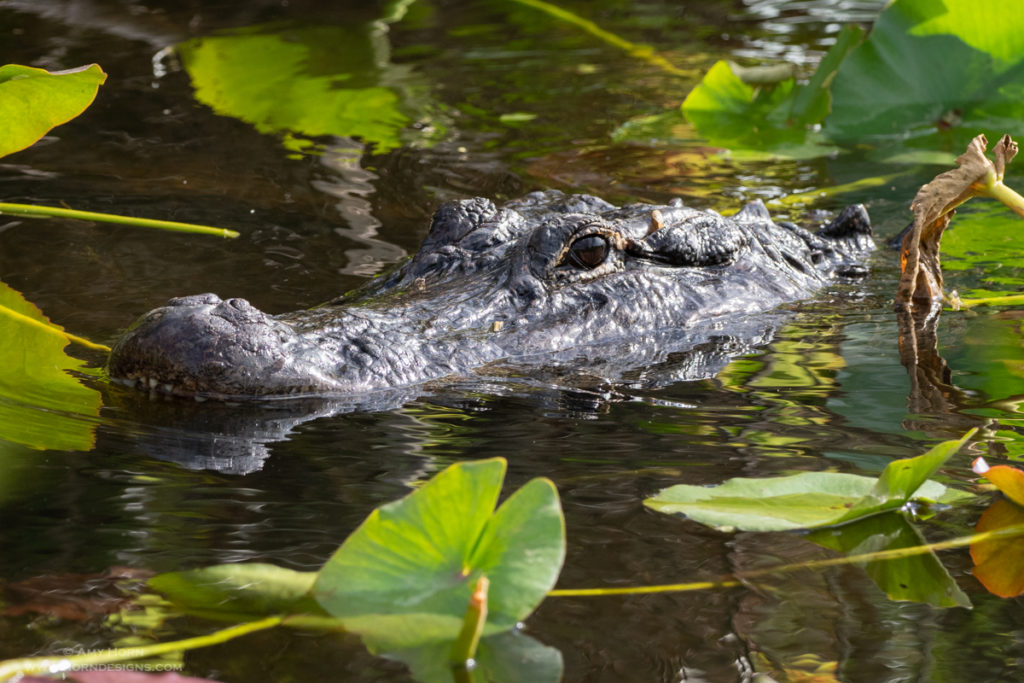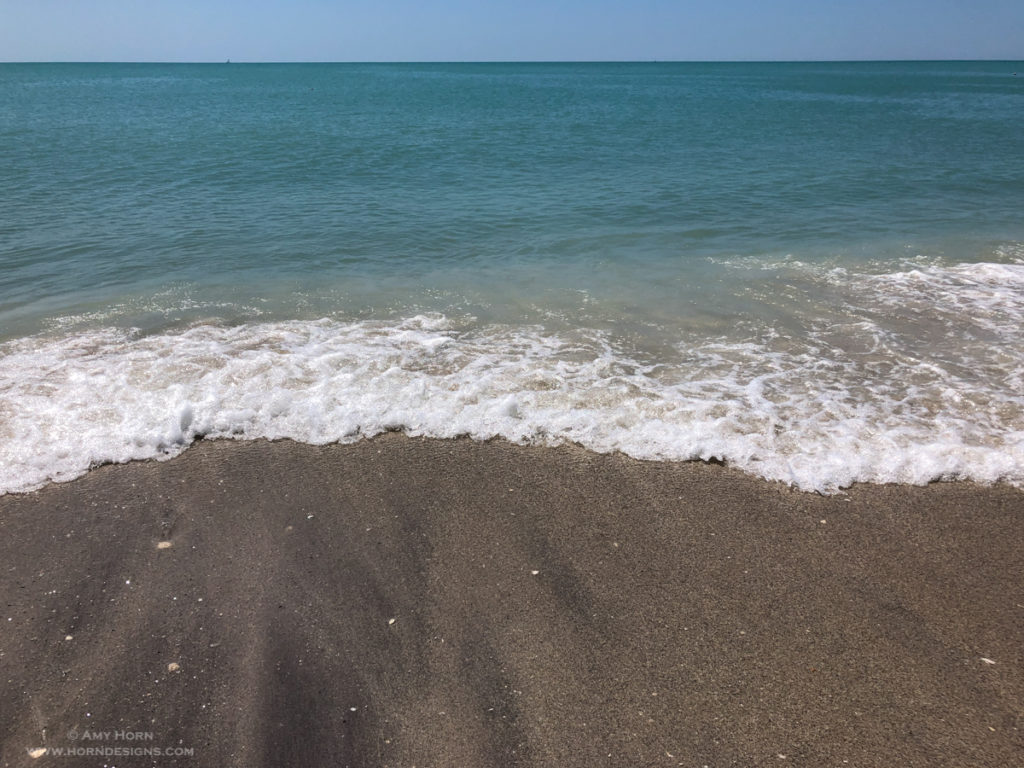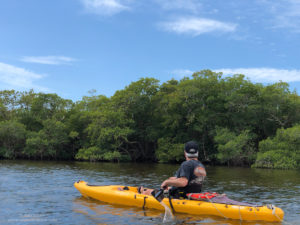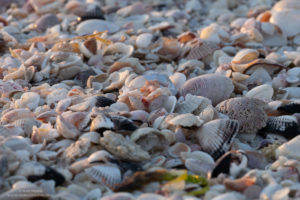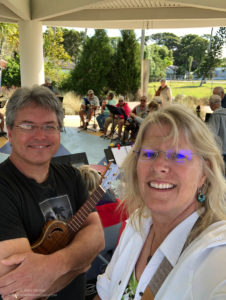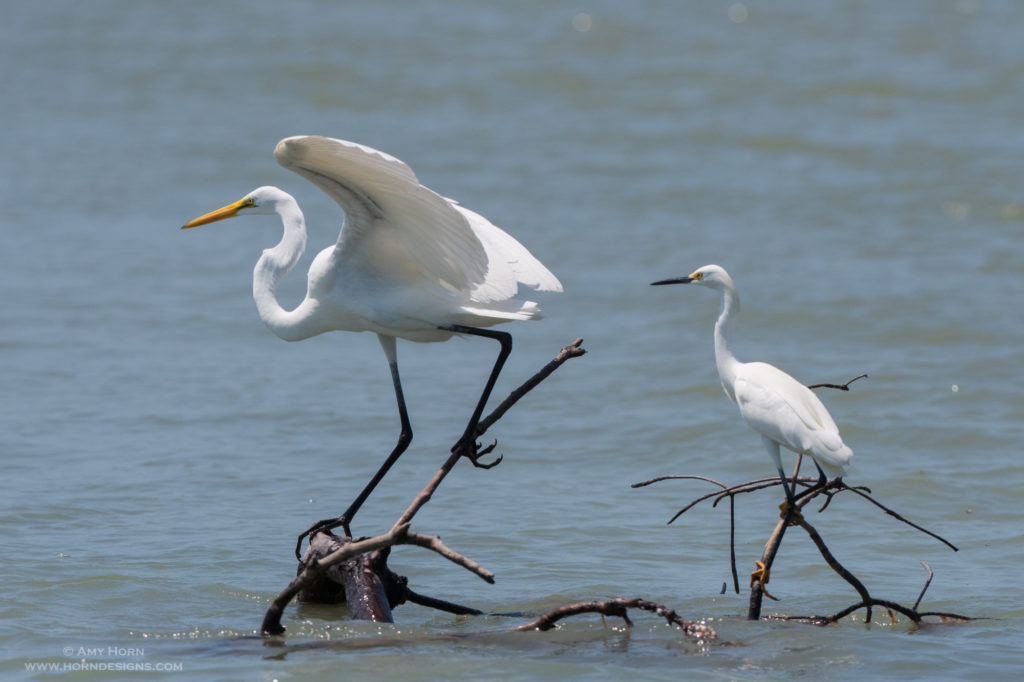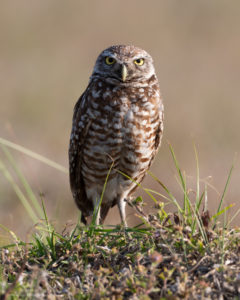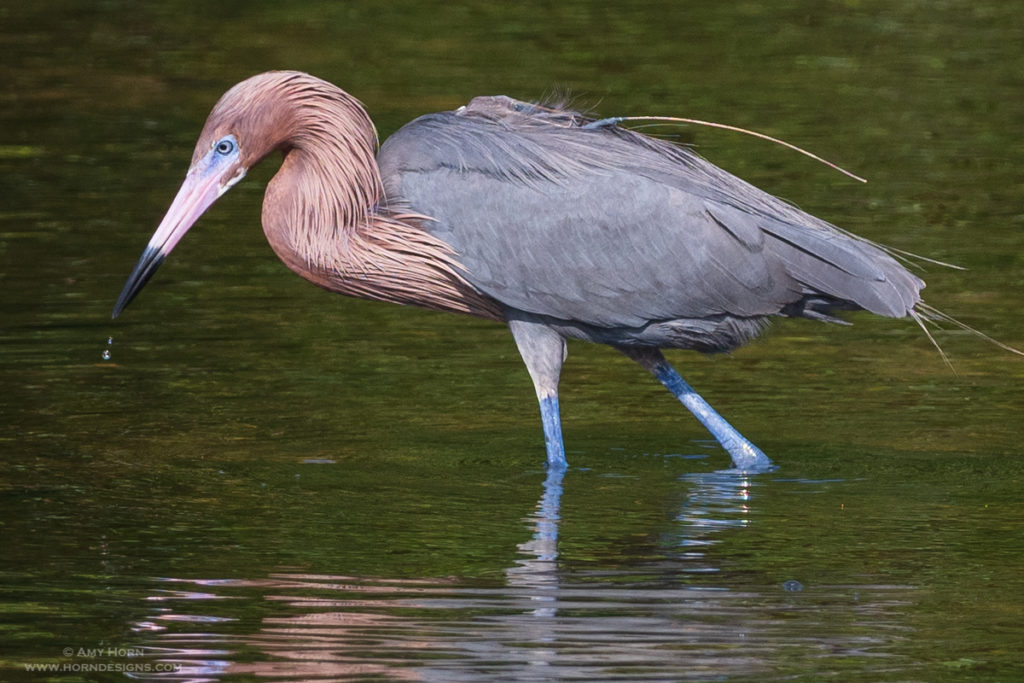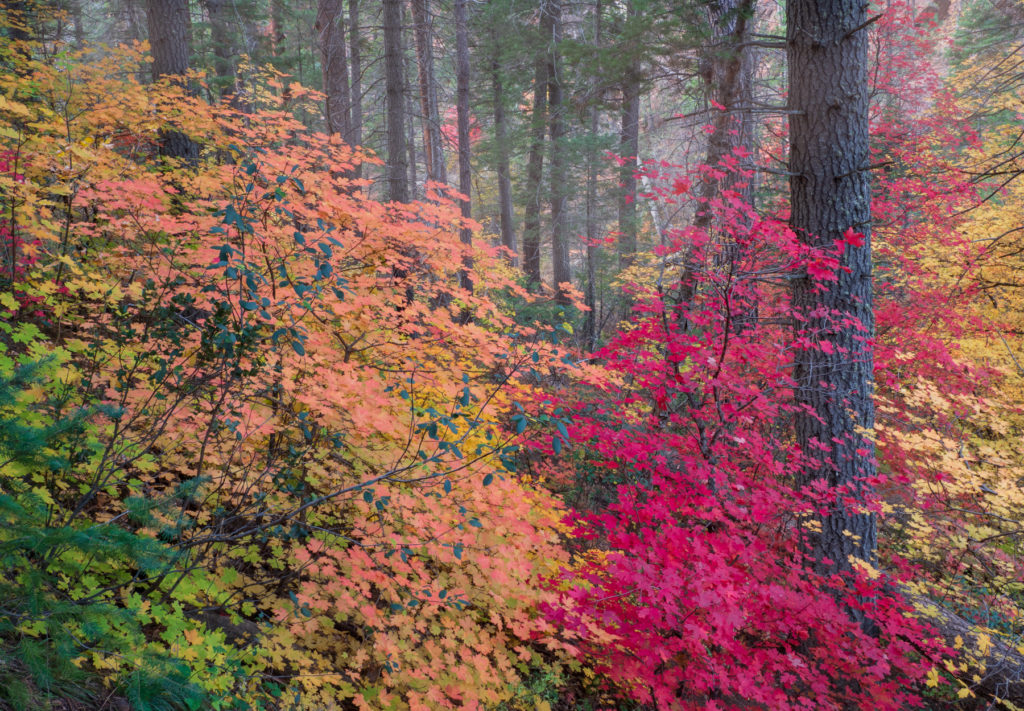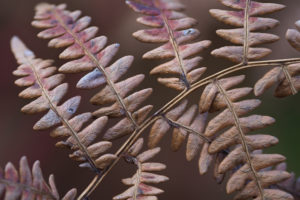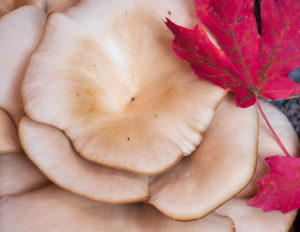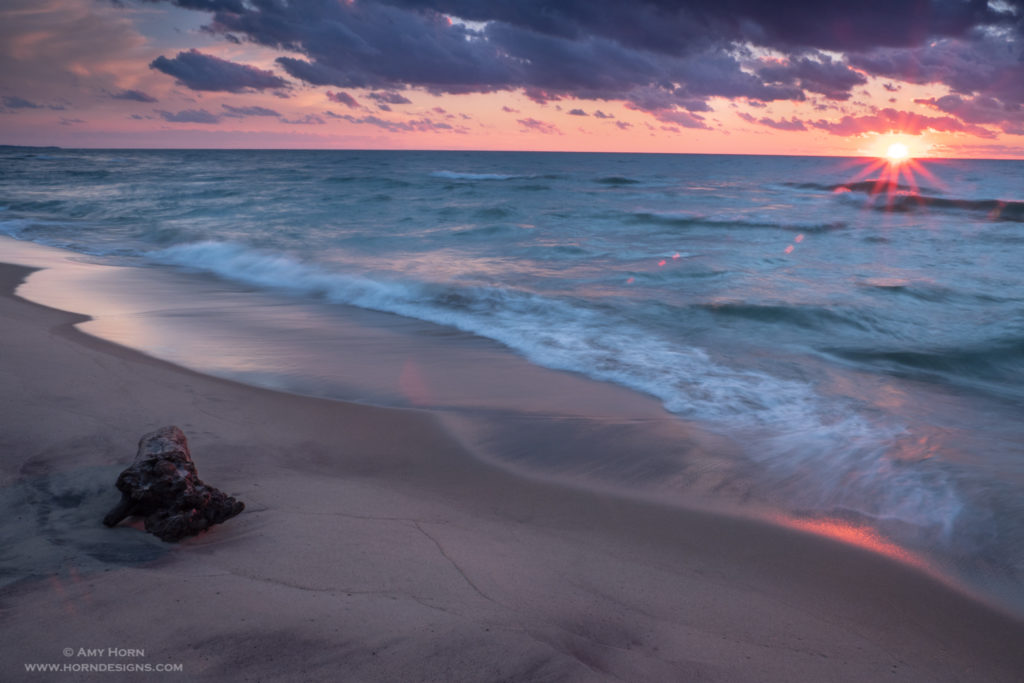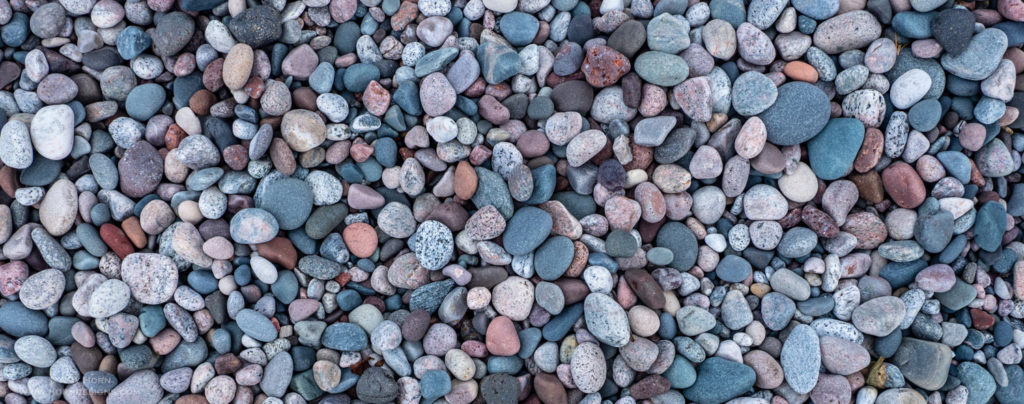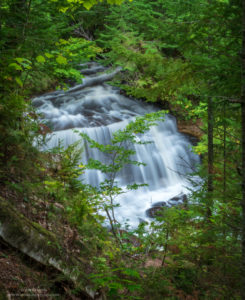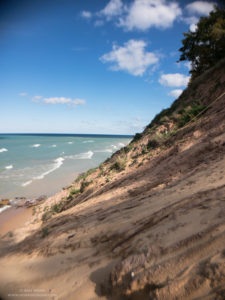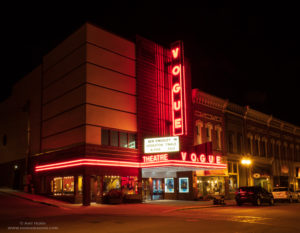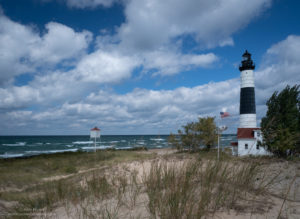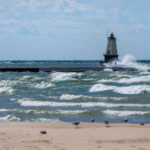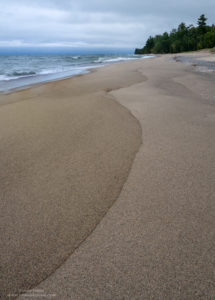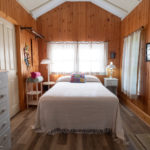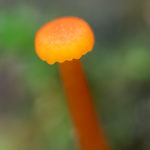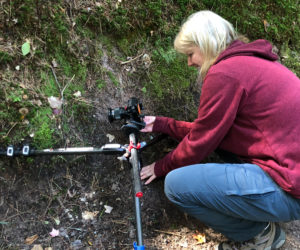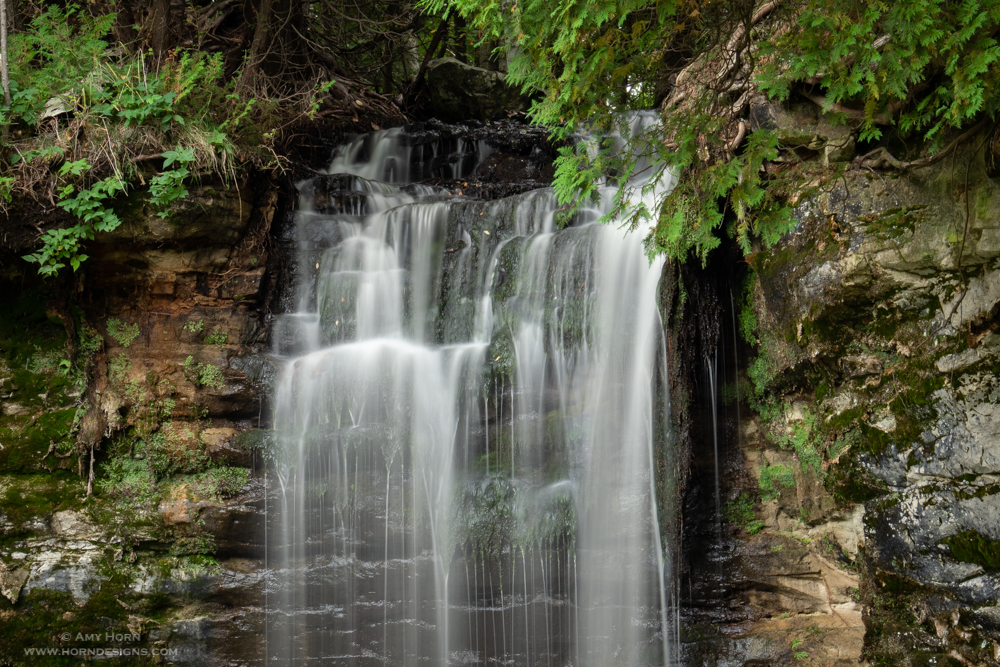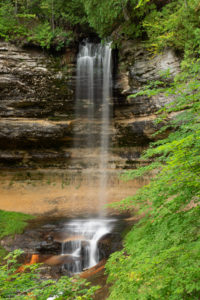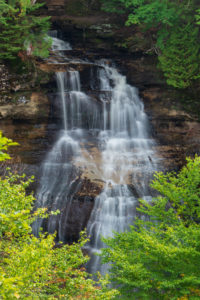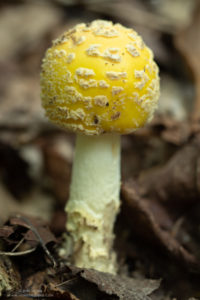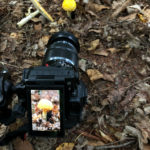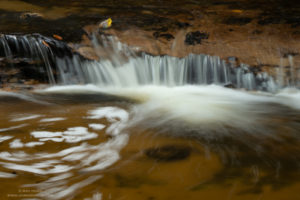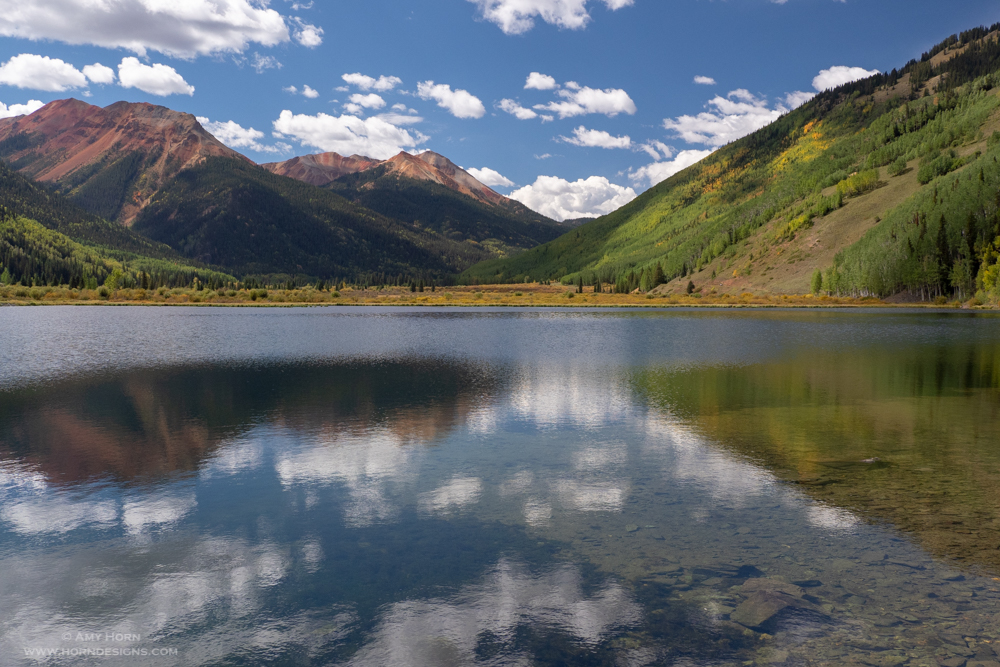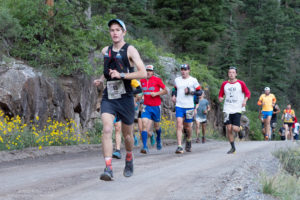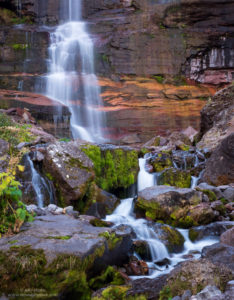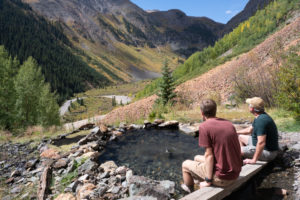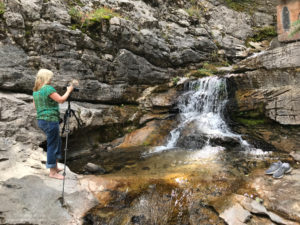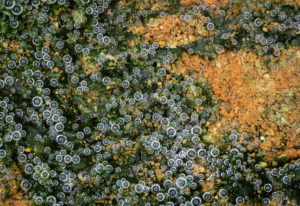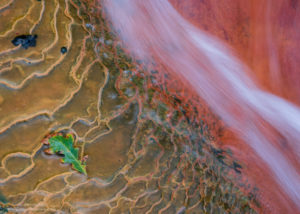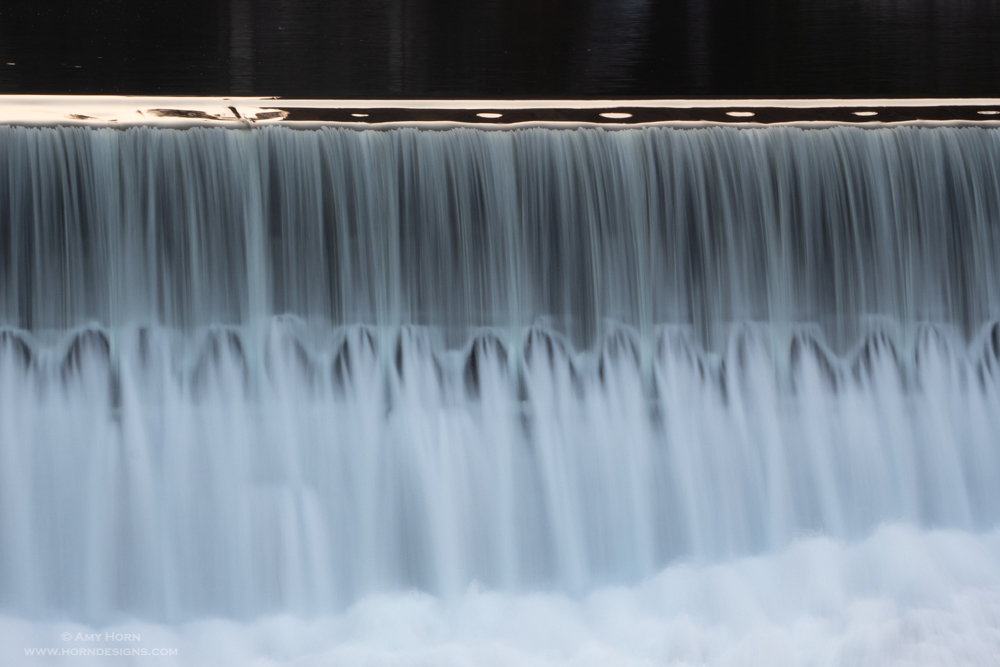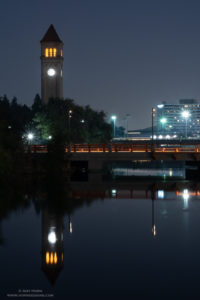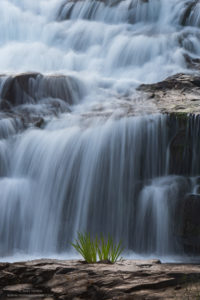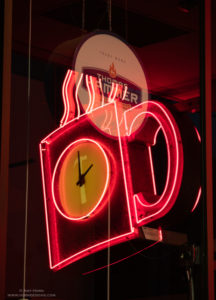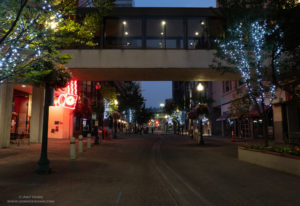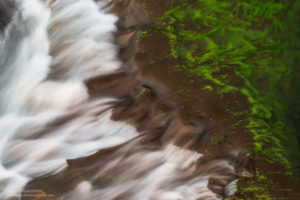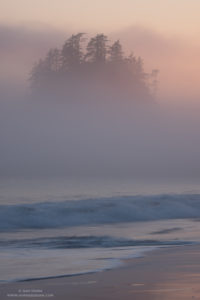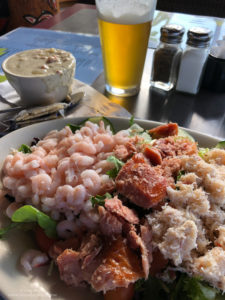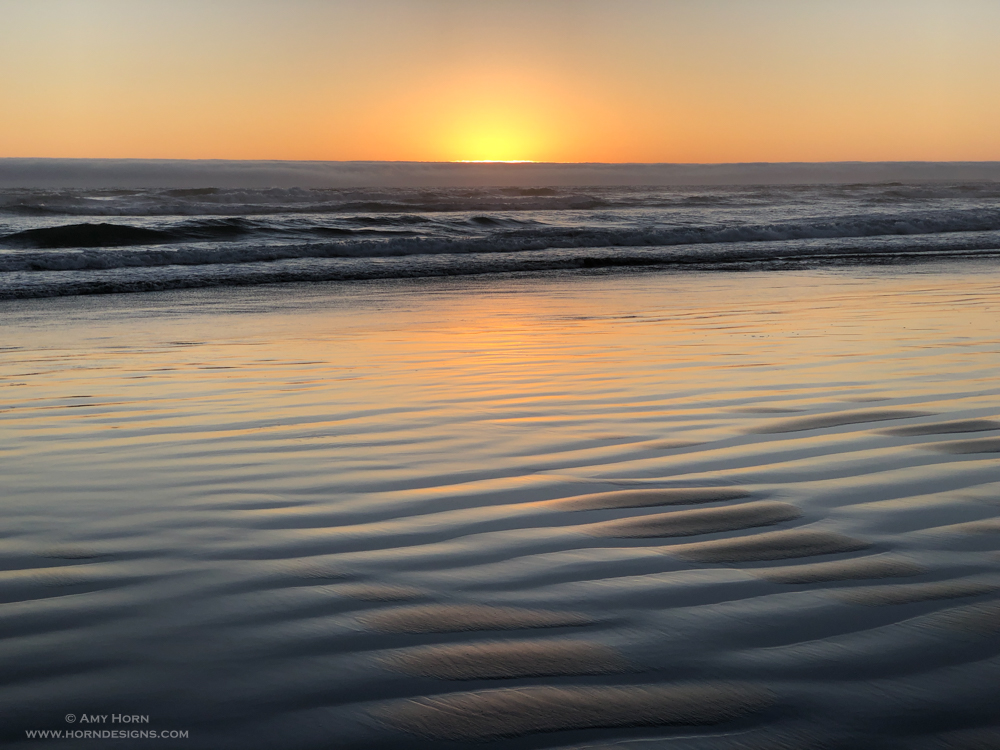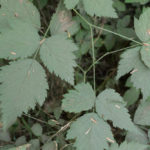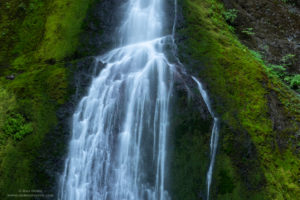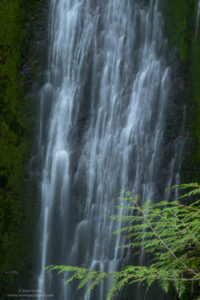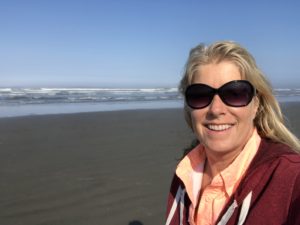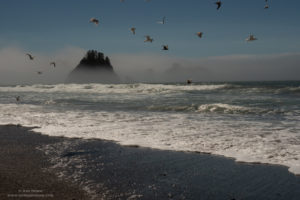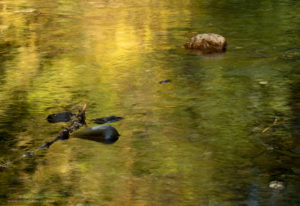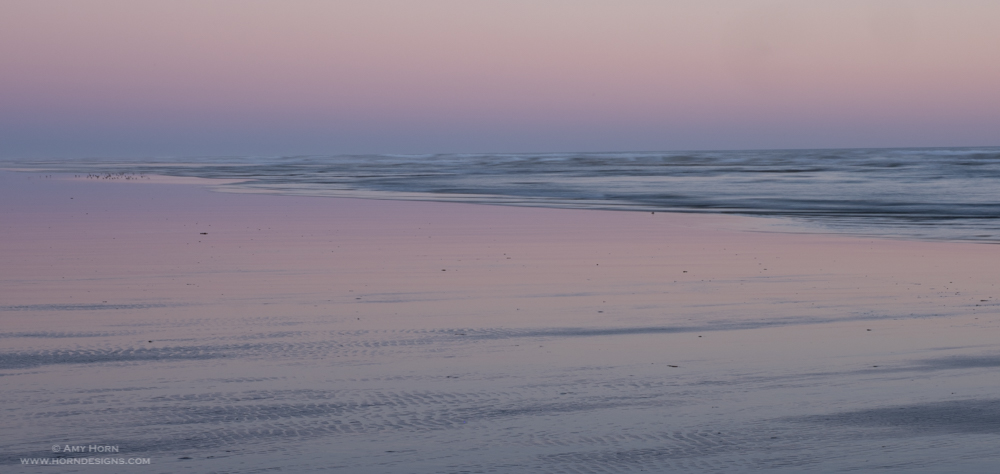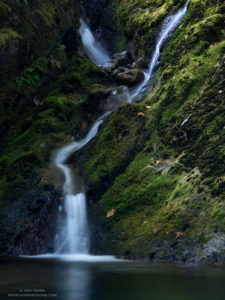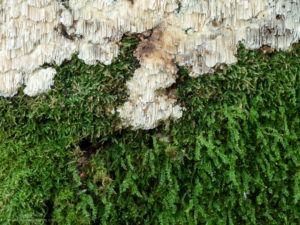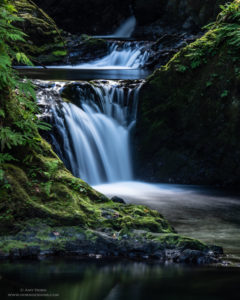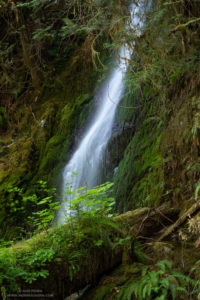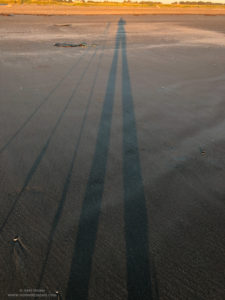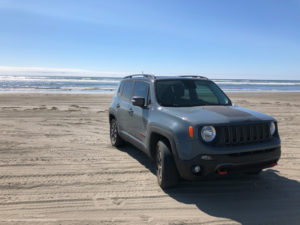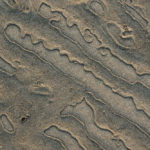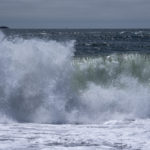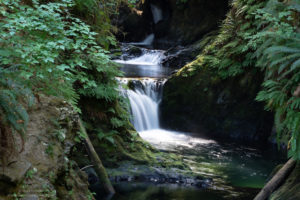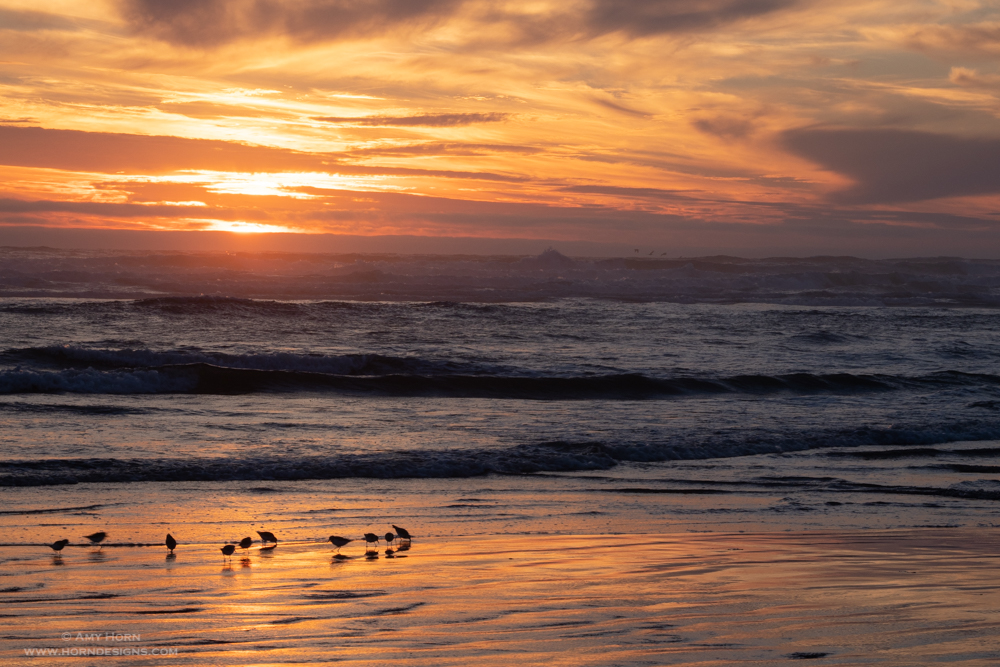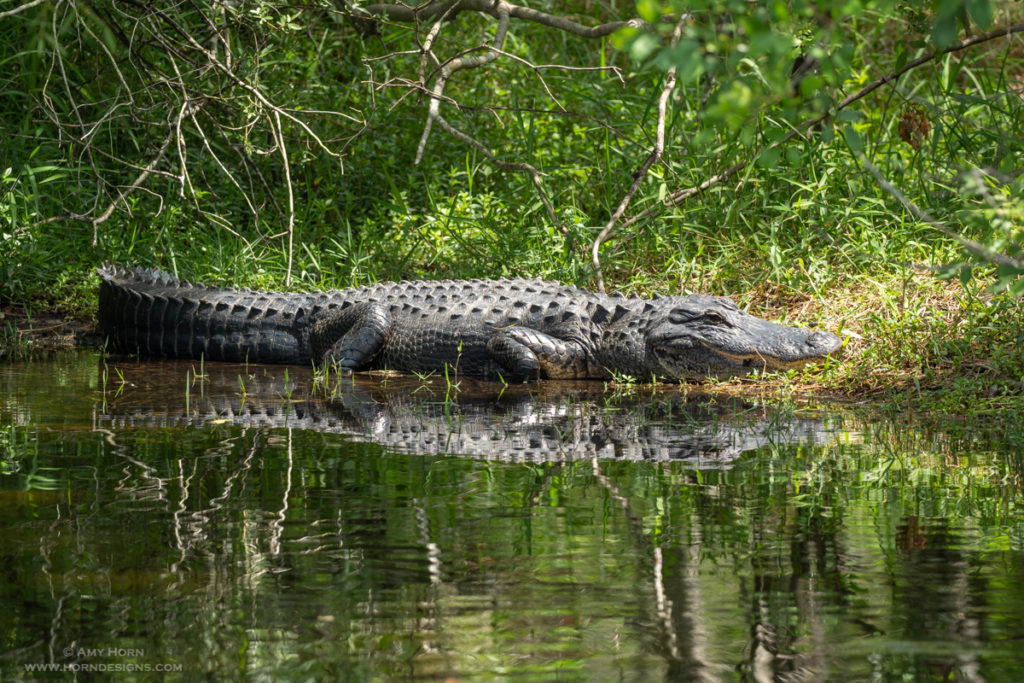
This blog continues from last week about our Florida vacation and the highlights of our trip. After spending a week in the Fort Myers area, we headed east to find alligators. Our first stop was the Audubon’s Corkscrew Swamp Sanctuary, known for alligators, waterfowl and other swampy stuff. If this location sounds familiar, I mentioned this location in my “Buttonbush” blog too. The loop trail is a series of boardwalks through the swamp. A great location to see the swamp safely. Since we visited at the end of the dry season, water levels were low and we did not come across any gators. But we found an amazing number of fun things to photograph. For instance, a spider wrapping up its recent catch to a red shouldered hawk and even a common squirrel. I carried my tripod and two cameras (12-100mm and 300mm telephoto lenses) so I wouldn’t miss a thing.
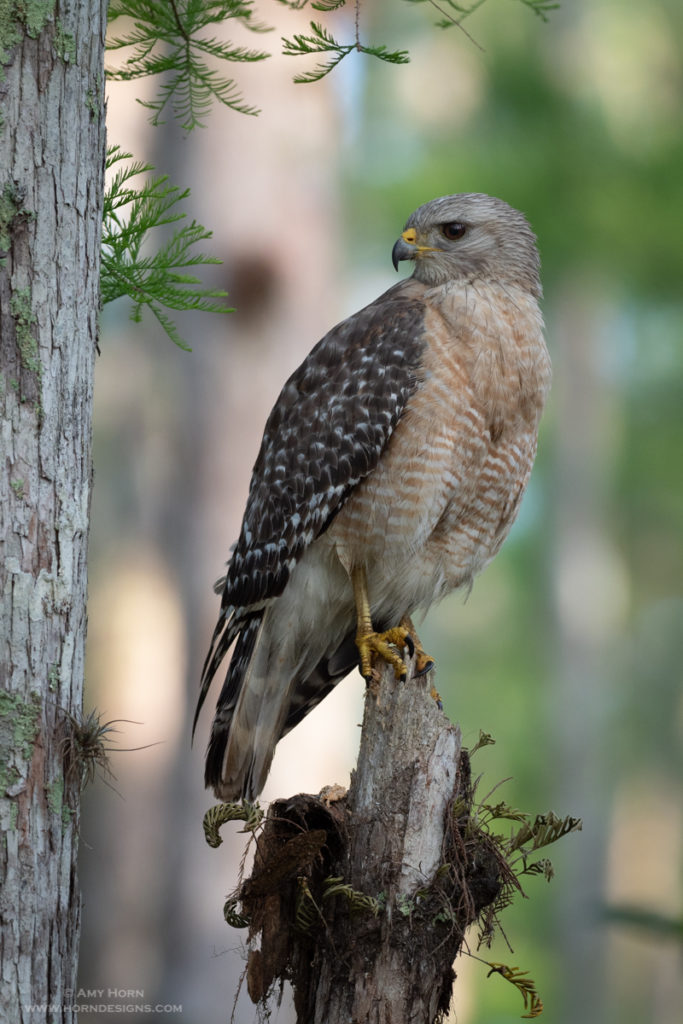
Red-shouldered hawk 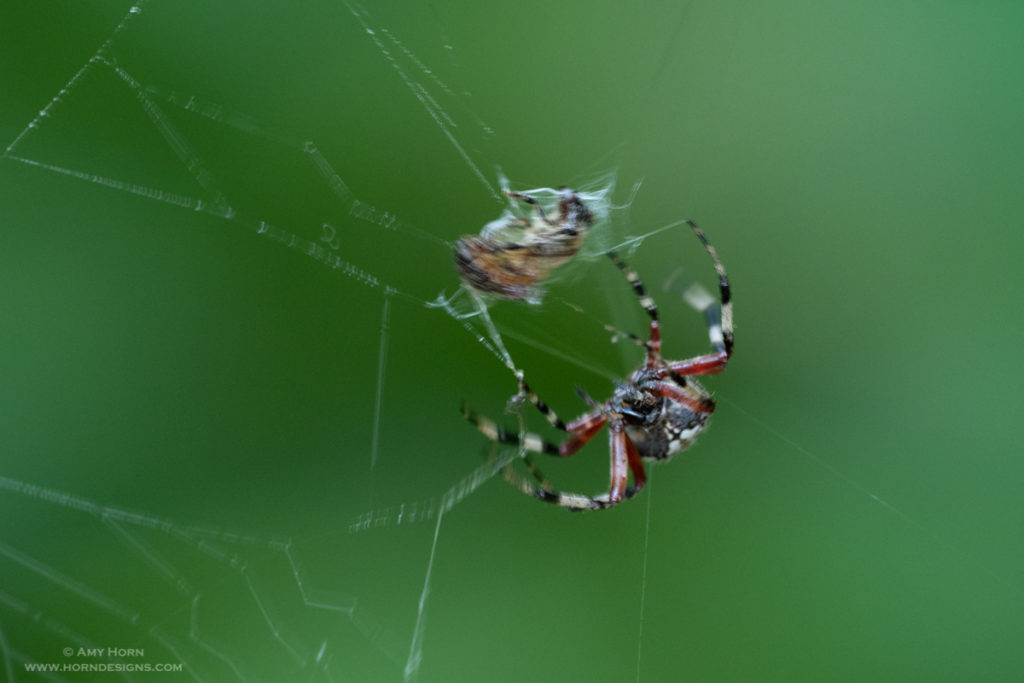
Spider with its prey 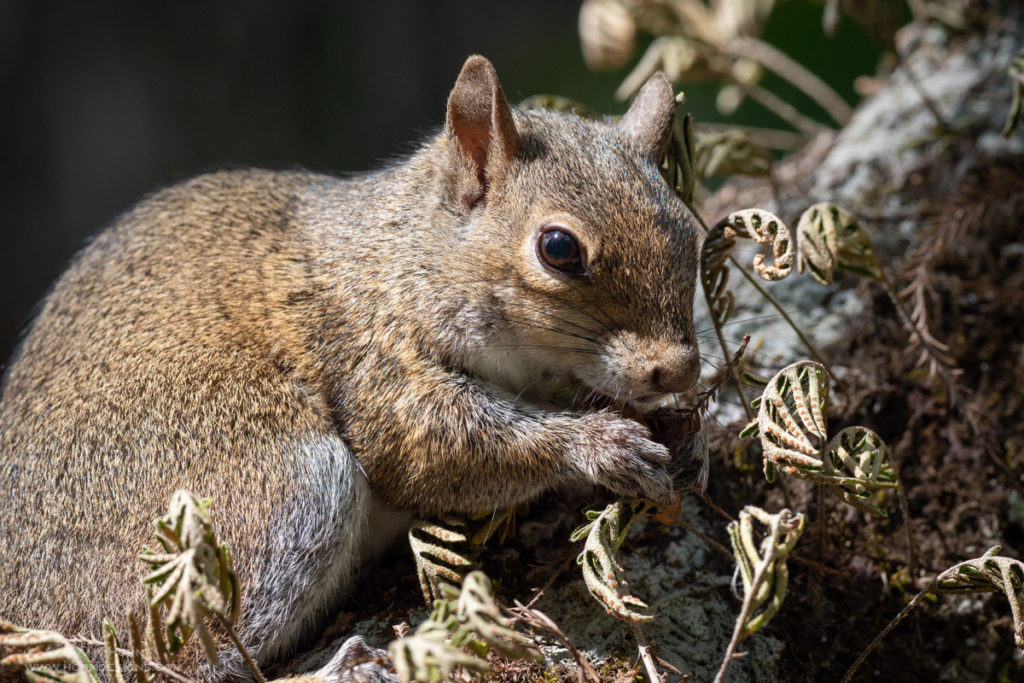
Squirrel
The loop drive was a 24-mile gravel road through mostly cypress swamp areas. Frequently, the road crossed culverts and almost every culvert had alligators basking in the sun. We saw so many “gators” we decided we didn’t need to visit the Everglades; so we planned visiting the Florida Keys the next day.
Big Cypress National Preserve
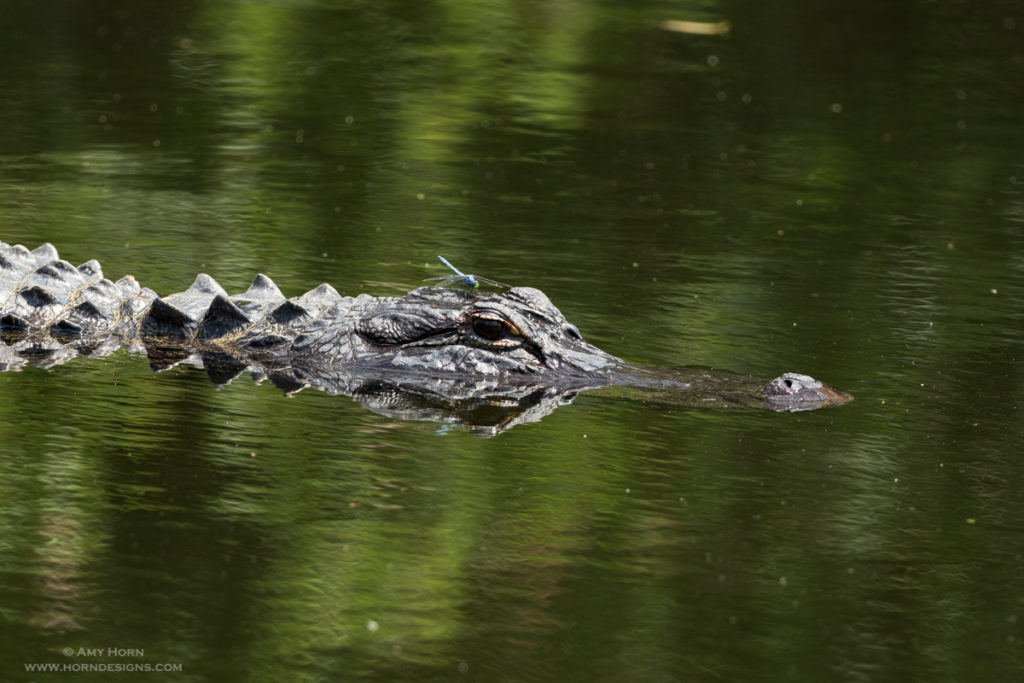
Olympus OMD1 Mark II, 300mm, F/4, 1/640 sec, ISO 200, FotoPro X-Go Plus tripod. 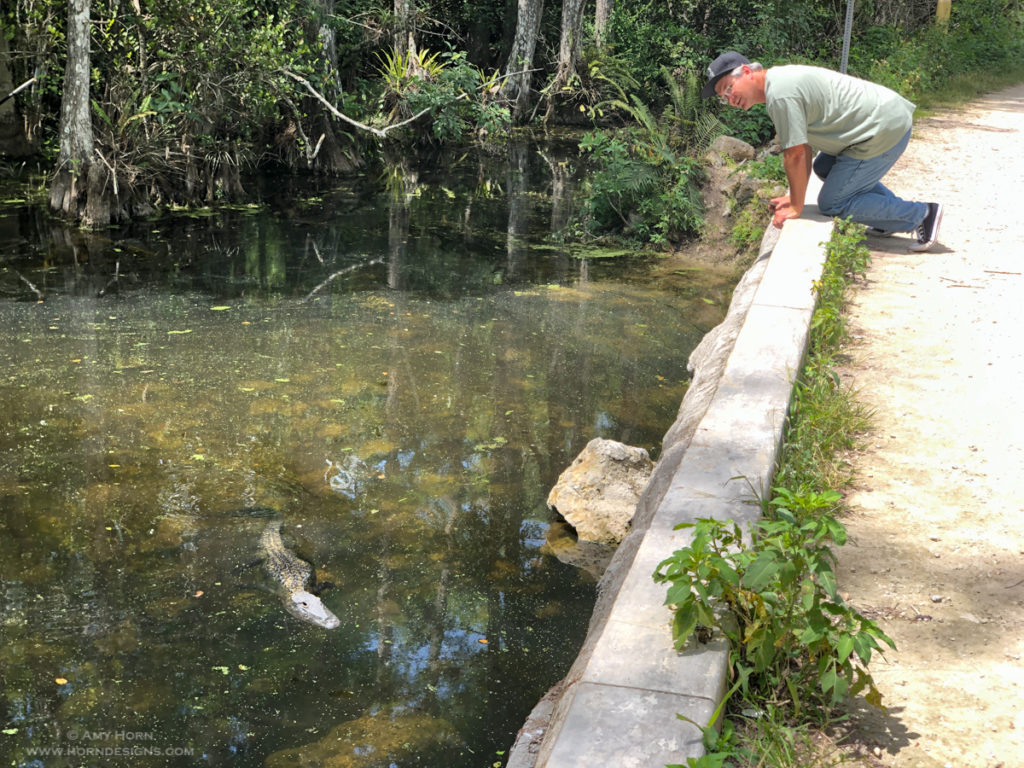
After the swamp, we drove south to catch the Tamiami Road for our drive to Homestead, FL. We stopped at the Big Cypress National Preserve visitor center to discuss their scenic drives and pullouts. I often stop at visitor and tourist centers; the employees always have an opinion of the best places and sometimes they are not on the published maps. The Ranger recommended the Loop Road Scenic Drive and since it was on our way to Homestead, we took it. But, before we got to the loop road, we encountered a picnic pullout spot with a canal and many alligators. Watching these magnificent prehistoric looking creatures was mesmerizing. They glided easily through the water and stalked prey silently. We watched an alligator catch a turtle.
Homestead
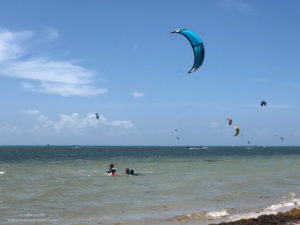
We rented a room at an Airbnb in Homestead, FL from a lovely couple very attentive to our needs. It felt like home. With limited time in Homestead, we spent one day driving down to the Middle Keys just because we wanted to experience it. We ended up at Curry Hammock State Park and sat on the beach watching the kite surfers and played in the warm water. It was a long drive for just a few hours at the beach, but we were both glad we did it. After returning to Homestead, we ate dinner at Black Point Ocean Grill, a waterfront restaurant with live music and enjoyed our grouper and fish and chips. The next morning we took a detour to Everglades National Park before driving back to Fort Myers. After all, we were so close, how could we not stop?
Turkey Vultures
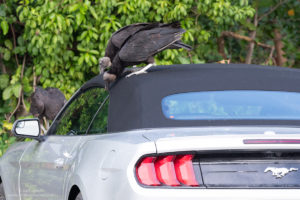
We entered the Everglades National Park through the main Homestead entrance and drove to the Anhinga Trail. This trail was recommended by my friend, Beth Ruggiero-York from her book, Everglades National Park: A Photographic Destination and it was easy to access. We tried to visit the Nike Missile Site too, but it was only open on weekends. As soon as we drove into the parking lot of the trail, we noticed a large number of turkey vultures and a few vehicles. Some vehicles had blue tarps on them, some vehicles had large numbers of vultures on them. We spoke to the park staff and they recommended putting a tarp (supplied by them) on our car. Apparently, the vultures love picking at the rubber on cars. We witnessed that love… some cars had as many as ten vultures picking at the rubber. We were happy to find our car untouched by the pesky vultures when we returned from our hike.
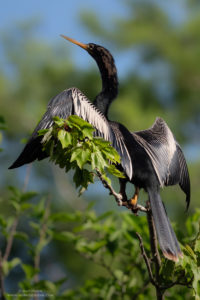
The Anhinga Trail is a short boardwalk trail through swampy areas with many alligators. At one point, I photographed a great egret next to the path and an alligator cruised past in the canal beside the egret. The egret was so close to me I had to use my short lens (12-100mm) to get the shot. Notice the photo below with the alligator slithering through the water. Otherwise, I used my 300mm lens to photograph anhingas, gators, and egrets.
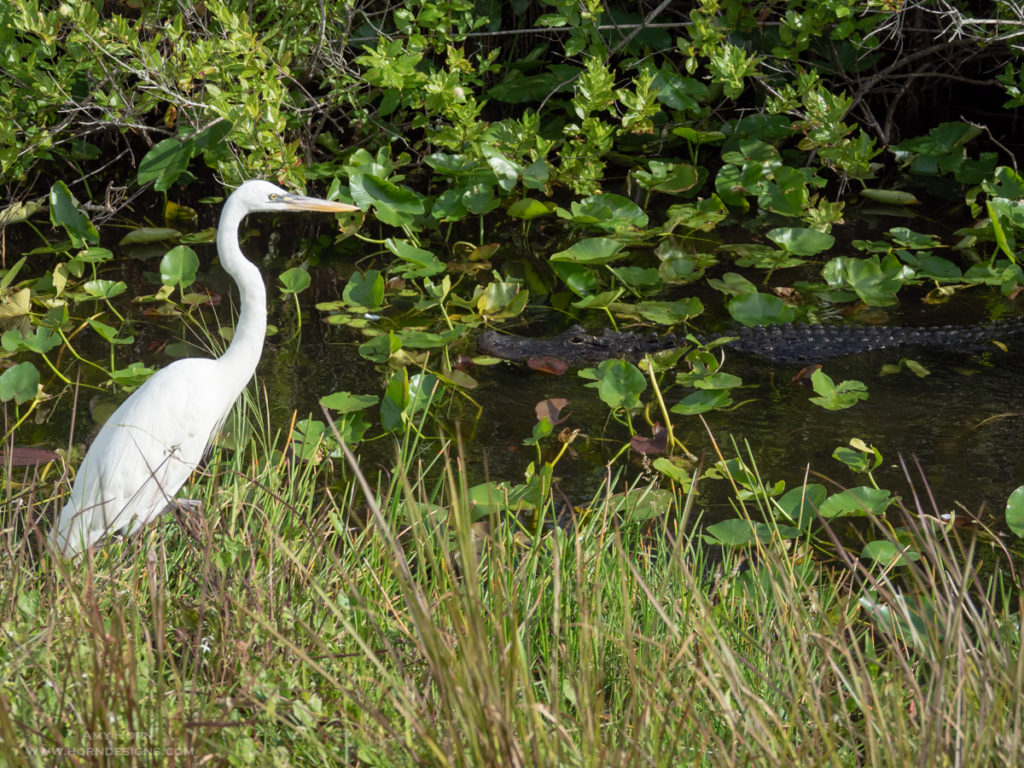
Heading Home
We felt accomplished. We fulfilled our mission to see alligators and to visit the Everglades, so we headed out to drive back to Fort Myers. We stopped one last time at our favorite alligator picnic spot and then drove to our airport hotel. We ate an early dinner at the hotel to prepare for a 6am flight heading west the next morning. Our Florida vacation was over and we returned to Flagstaff rested and relaxed (except for the normal airport nonsense). We are ready for summer in Flagstaff.
